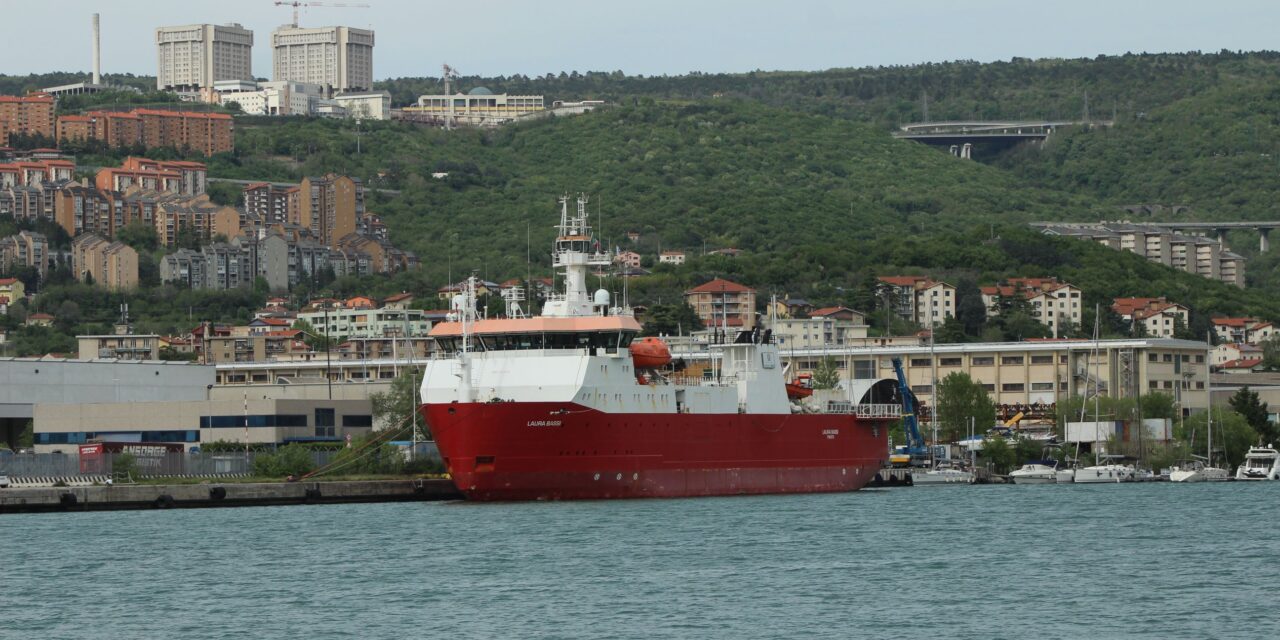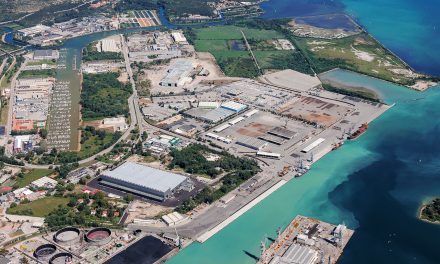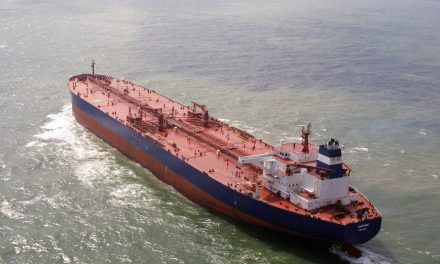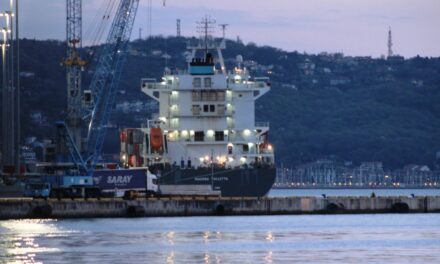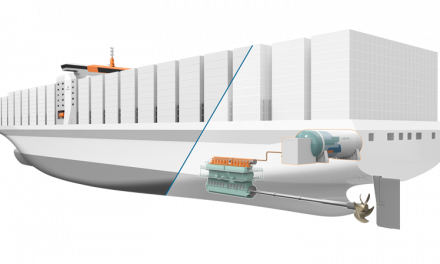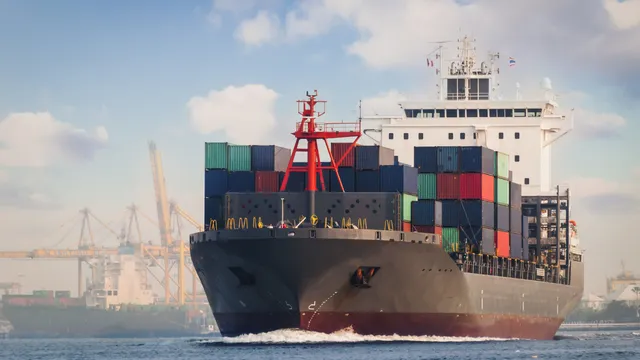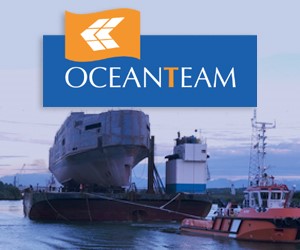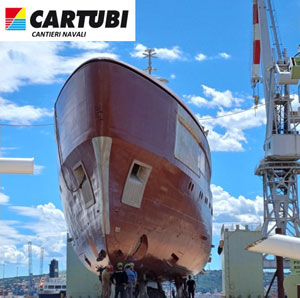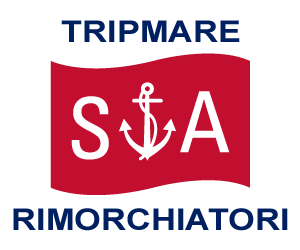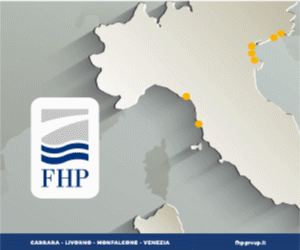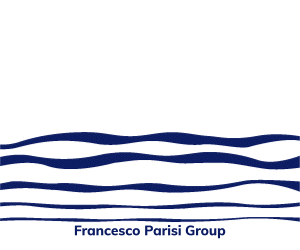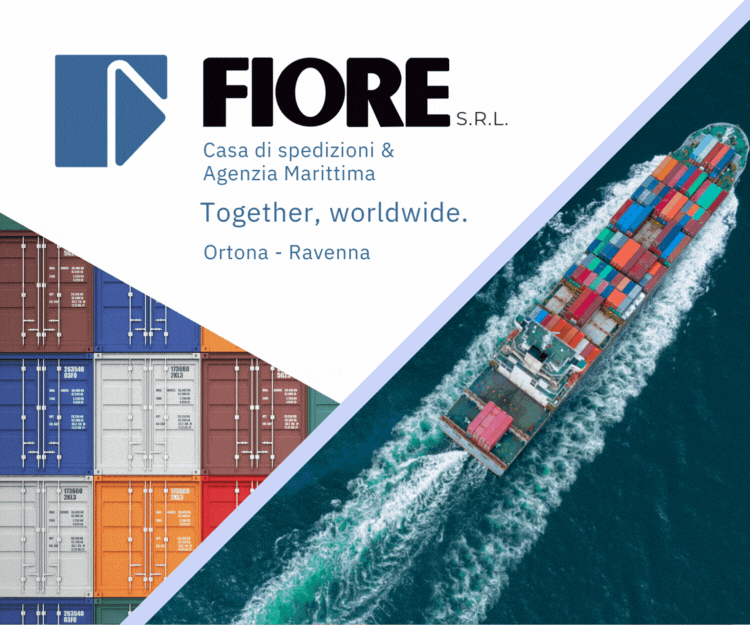TRIESTE – Research vessel “Laura Bassi” returns to Trieste with ice cores from Antarctica
After a stopover in Ancona, the research vessel Laura Bassi returned to Trieste last Saturday, concluding a mission that took her to Antarctic waters for two months of scientific research focused on the physical and biogeochemical dynamics of specific areas of the continent. The icebreaker, under the command of Franco Sedvak and currently moored in the navigable canal of the Port of Trieste, brought back a precious cargo: two ice cores extracted at Little Dome C, on the East Antarctic Plateau, reaching depths of up to 2,800 meters. These samples are expected to provide scientists with climate data going back more than one million years.
The vessel operated by the National Institute of Oceanography and Applied Geophysics (OGS) in Trieste departed in December and spent six months at sea collecting and preserving the two valuable cores—each one meter in diameter and height—at minus 50 degrees Celsius, thanks to a team of scientists and technicians from 12 European countries. Stored in special containers that maintain the cold chain, the cores reached Ravenna on April 16 and then continued their journey to the Alfred Wegener Institute Helmholtz Centre for Polar and Marine Research (AWI) in Bremerhaven, Germany, where they will be cut. The resulting samples will be sent to the laboratories of the European research institutions involved in the project, including OGS in Trieste, where analysis will begin this fall. The research team expects to obtain essential information for reconstructing Earth’s climate history, reaching back more than 1.2 million years.
The unit – named after the first woman to be appointed to a chair in physics at the University of Bologna in the early 18th century – completed two rotations from New Zealand to Antarctica, circumnavigating the Ross Sea and reaching the Italian research station “Mario Zucchelli” (MZS) for logistical and support operations. After a brief stop in New Zealand, the vessel resumed her journey back to Italy with a 40-day navigation across the South Pacific Ocean, rounding Cape Horn and sailing through the Atlantic with favorable winds.
Built in 1995, the icebreaker is currently the only Italian vessel capable of operating in polar seas—both in the Antarctic and the Arctic—and is compliant with the new international rules for ship access to polar regions (the so-called “Polar Code”). With a gross tonnage of 4,028 tons and a length of 80 meters, she is equipped with a helicopter deck and a 50-ton crane. Owned by OGS since May 2019, she supports the entire scientific community, thanks to an agreement between the main national entities involved in polar research and infrastructure management.



